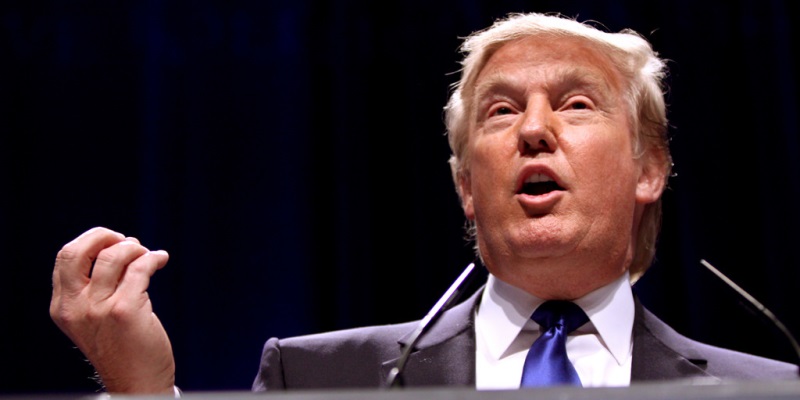Canadian policymakers should learn from Trump's supply-side success

The election of President Trump and a Republican Congress in 2016 spurred another experiment in supply-side economics, which should interest policymakers in Ottawa and the provinces. Specifically, Congress passed a tax bill that reduced the corporate tax rate from 35 per cent to 21 per cent, while the administration rolled back regulations that accumulated during the Obama presidency. Republicans said these steps would stimulate business investment and economic growth, which had lagged during the Obama years.
The theory behind the tax cut and deregulation initiatives is straightforward. Lower taxes on corporate earnings, and lower costs associated with reduced regulatory burdens, should increase the after-tax profitability of business investments thereby encouraging increased capital expenditures. The latter, in turn, should lead to increased productivity and faster real economic growth. The main argument against these supply-side measures, made by economist and New York Times columnist Paul Krugman and others, is that capital investment is relatively insensitive to corporate tax rates. In other words, there aren’t many potential business investments worth doing with a 21 per cent profit tax that aren’t worth doing with a 35 per cent tax rate.
The issue of the effectiveness of supply-side policies is ultimately empirical. In fact, private-sector capital spending in the U.S. picked up substantially after President Trump took office. (Gross private domestic investment increased by only 3.6 per cent from 2014 to 2016 compared to almost 14 per cent from 2016 to the third quarter of 2018.) This increase belies the arguments of critics such as Krugman, that the corporate tax cut resulted only in corporations buying back their own shares rather than expanding production capacity.
It’s also quite plausible that the supply-side effects of the Trump tax cuts and deregulation would be even more pronounced it not for the economic uncertainty and disruptions to production supply chains caused by the administration’s mercantilist tariffs and escalating trade war with China. By way of support, an index of trade policy uncertainty created by economists at the University of Chicago increased by more than 200 per cent from 2016 to 2018. Put simply, investors and corporate executives making decisions about capital expenditures became much more uncertain about the likely outcome of their investment decisions after the tax cut went into effect.
Increased uncertainty results in companies using a higher discount rate to evaluate potential investments, which in turn discourages capital expenditures at the margin. Indeed, surveys by the Federal Reserve Bank of Atlanta show that U.S. firms are delaying or dropping a significant percentage of previously planned capital expenditures because of increased uncertainty in the global trade environment.
Here at home, there has been much discussion about a dramatic decrease in business investment in Canada relative to other developed countries in recent years. Concerns about a deteriorating domestic environment for capital investment have led to calls by some Canadian economists and international organizations (including the International Monetary Fund and the Organization for Economic Cooperation and Development) for tax reform in Canada to stimulate capital expenditures. An important component of any such reform would include reductions in Canada’s corporate tax rate, which is now among the highest in the developed world.
Clearly, while Canadian policymakers should avoid certain aspects of Trump administration policies, supply-side policies such as corporate tax cuts and cutting regulatory red tape are worth emulating. The Trump administration’s real-time experiment in supply-side economics has produced evidence that tax reduction and deregulation incentives “work” even when they are compromised by tariffs and other policies anathema to supply-side proponents.

